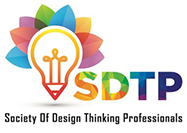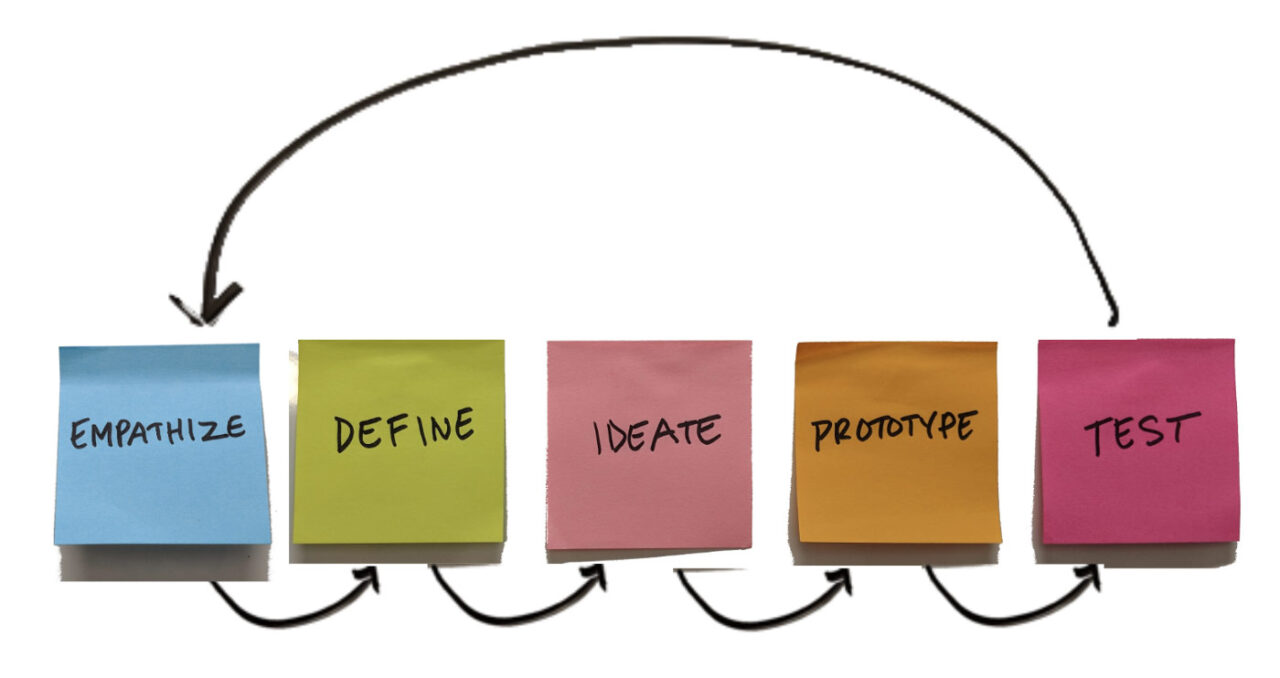When a design thinker needs to gain insights into the process, he has to carry out some prototypes. The process of creating prototypes comprises an early, economical, and basic version of the product to identify the problems with the current design. Prototyping brings forth the opportunity for the designers to breathe life into their ideas, test how practical the design is, and potentially investigate how the users feel and think about the product.
If you are designing an app, you might start with creating a digital prototype, and introduce it to real users before getting the actual process started. There is no specific shape or size of any prototype, spanning from paper models to full-fledged interactive digital prototypes. Prototyping is done for many reasons, some of which are:
- Exploration: It provides multiple solutions as it is a build to think.
- Empathy gaining: It helps to broaden the horizons of your understanding of your user, the design space, mostly at the beginning of your project.
- Testing: It is where prototypes are created to test and elaborate the solutions with the users.
- Inspiration: As everyone has a unique way of looking at things, your version of looking at the problem might inspire others.
What is a Prototype?
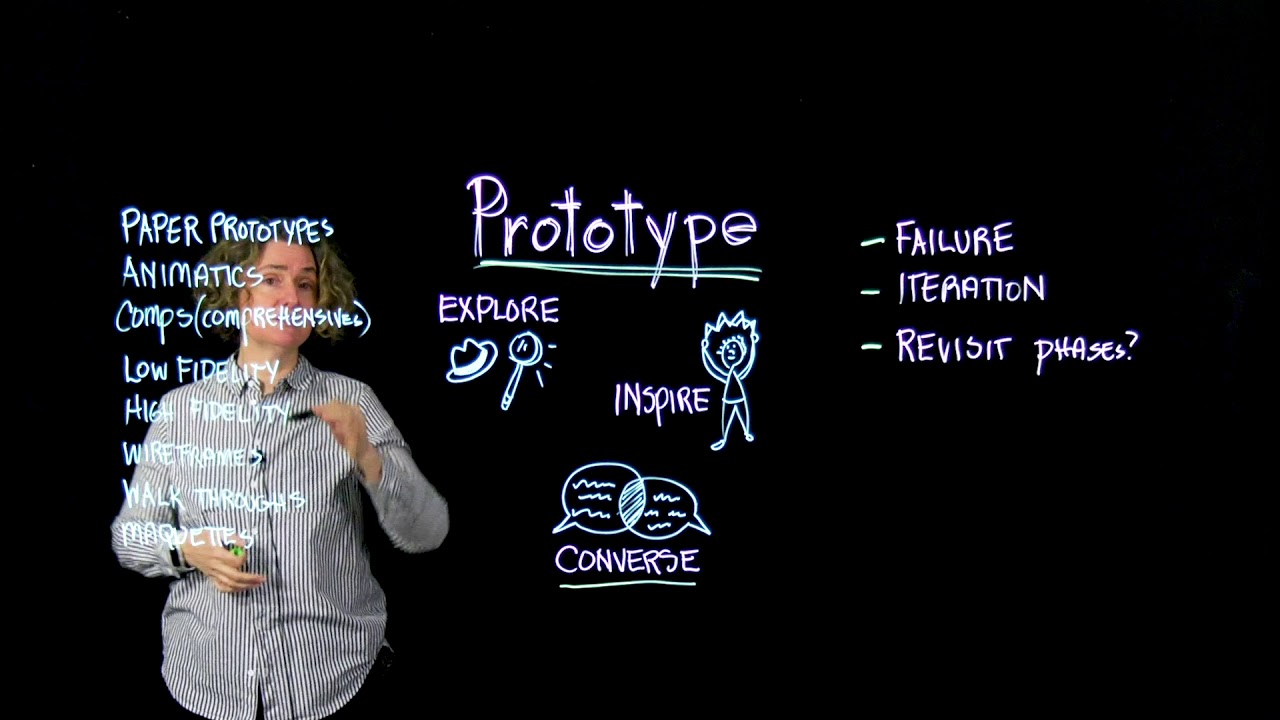
Prototyping is an important part of the Design Thinking process, and it’s frequently employed throughout the testing phase. Every product has a target market and is created to address their issues in some way. If you want to determine that the product is the ultimate solution to your user’s problems, there is a need to construct a prototype that supports an almost-working model that potential users have already tested. As a result, prototyping allows designers to test the viability of a present design as well as study how trial users think and feel about it. It allows for proper exploration and testing the ideas before investing in the resources.
Why Do Design Thinkers Have To Prototype?

The first three stages of Design Thinking do not provide an entirety to create an optimal solution. May it be thorough research or a good quantity of information, prototyping is still crucial for testing the product successfully. Design teams might quickly become preoccupied with the research materials obtained during earlier stages of exploration, resulting in a bias toward their own ideas. When it comes to prototyping and testing, it uncovers the biases and assumptions about the ideas and the insights from the users to improve the quality of the product.
A prototype fulfils the following purposes:
- Prototypes help to explore and experiment with the problems, opportunities, and ideas within an area of focus and test the impact of radical and incremental changes.
- It gives a better understanding of the problem’s dynamics by manually engaging and selecting what works in favour of a successful solution.
- It helps to engage with the users for deeper insights and grasp on the valuable experience to identify design decisions.
- Prototypes work best to bring out the best and innovative ideas that can inspire people towards giving a try to out-of-the-box thinking.
How Does Prototype Work?
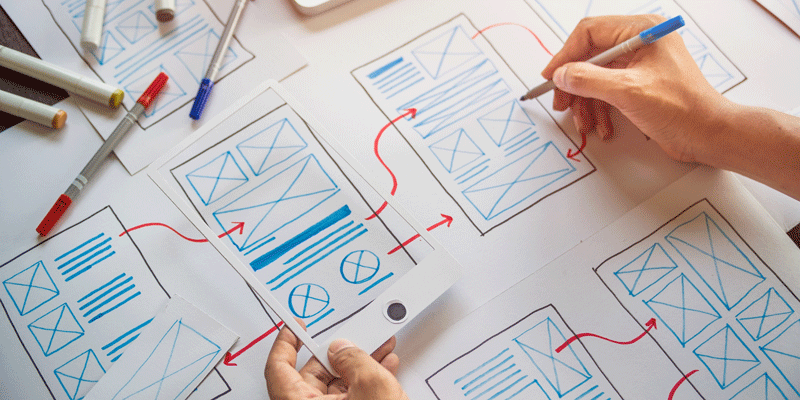
Consider what you want to learn from your prototypes, and then develop low-resolution items and scenarios that answer those questions. Staying low-resolution helps you to pursue a variety of alternative concepts without committing to a specific path too soon. The goal is to develop experiences to which users can respond, not just a mock-up or scale model of your solution notion. Spend more time on the aspects that are critical for the test you’re trying to run, and less time on the others.
To gather user input, you must also consider the context and testing situation you will construct. It is not always possible to just offer an object to someone on the street and receive an immediate reaction. Test in a real-world scenario where your solution might be implemented (or approximate the important parts of that context). If you’re designing a consumer food storage system, for example, let people test it in their own kitchens; some of the more delicate but significant issues will only surface there.
What is a Test in Design Thinking?
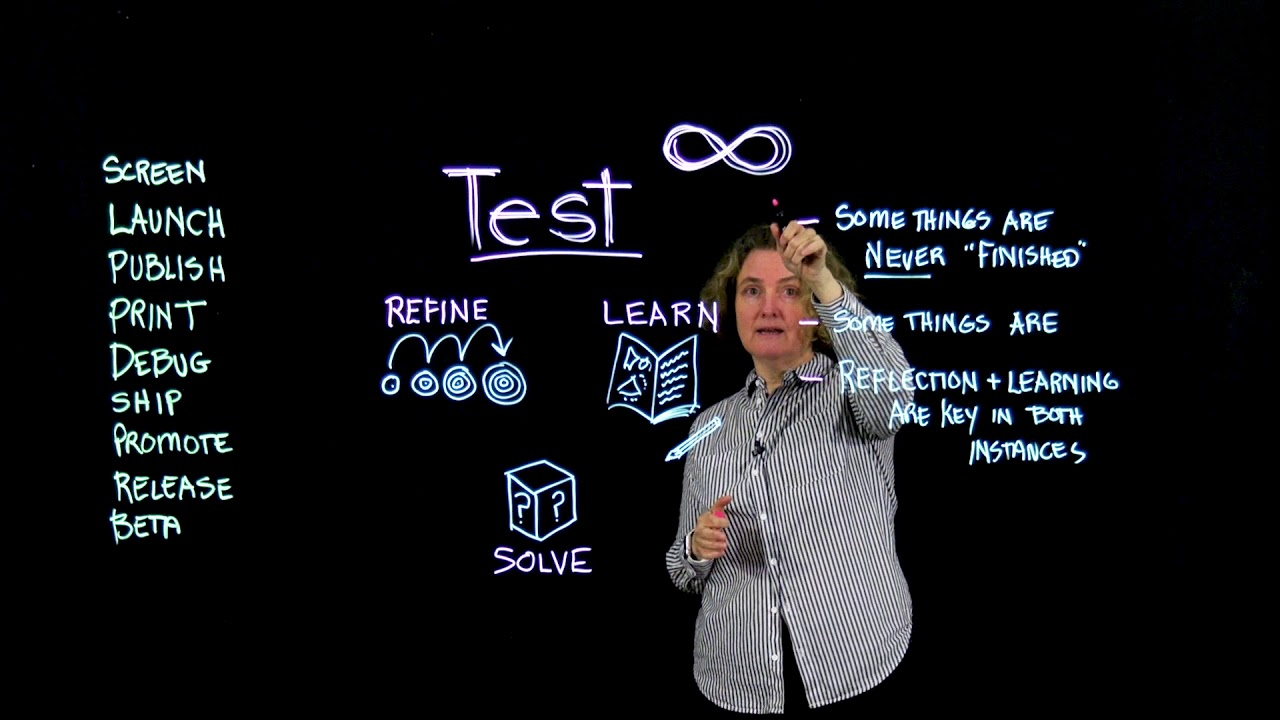
Testing is the stage in Design Thinking that generates user’s feedback on the basis of the experience of the prototype, and it helps in better understanding the users and their needs. When done correctly, the Testing stage of a project can sometimes fit into most stages of the Design Thinking process: it allows you to show empathy to and learn more about your users; it may lead to altering your insights towards the way you Define your problem statement; it may bring along new ideas in the Ideation stage; and, finally, it may become iterative in your Prototype.
Why Do Design Thinkers Perform a Test?

The stages Prototype and Test bring great value to the process of Design Thinking. It helps the thinkers to table a good business sense as well as helps to be user-centric throughout the process. The earlier you test your ideas, the earlier you identify any fault in the design and rectify it before taking it into the market.
1. Testing Saves You Time And Money
You ensure that the product you eventually deploy is the most bug-free, user-friendly product possible by discovering faults and usability concerns early on. What happens if you bypass the testing step in order to develop the product as quickly as possible? After the product is out, you’ll have to spend a lot of time and money fixing it. This is not only aggravating, but it’s also terrible for business.
2. Testing Reveals Unforeseen Insights
There are always new insights to be discovered, no matter how comprehensive your initial user research was or how confident you are that you’ve built the best answer to your customer’s problem. Observing real people interact with an early version of your product will reveal problems you would not have noticed otherwise.
3. Testing Satisfies The Users
It’s all about putting the user first in Design Thinking. You can make more informed design decisions by getting first-hand customer feedback, which will improve user happiness in the long run. Prototyping and testing will keep you focused on the user at all times as a designer. Of course, happy consumers are beneficial to your business!
How To Perform A Test?
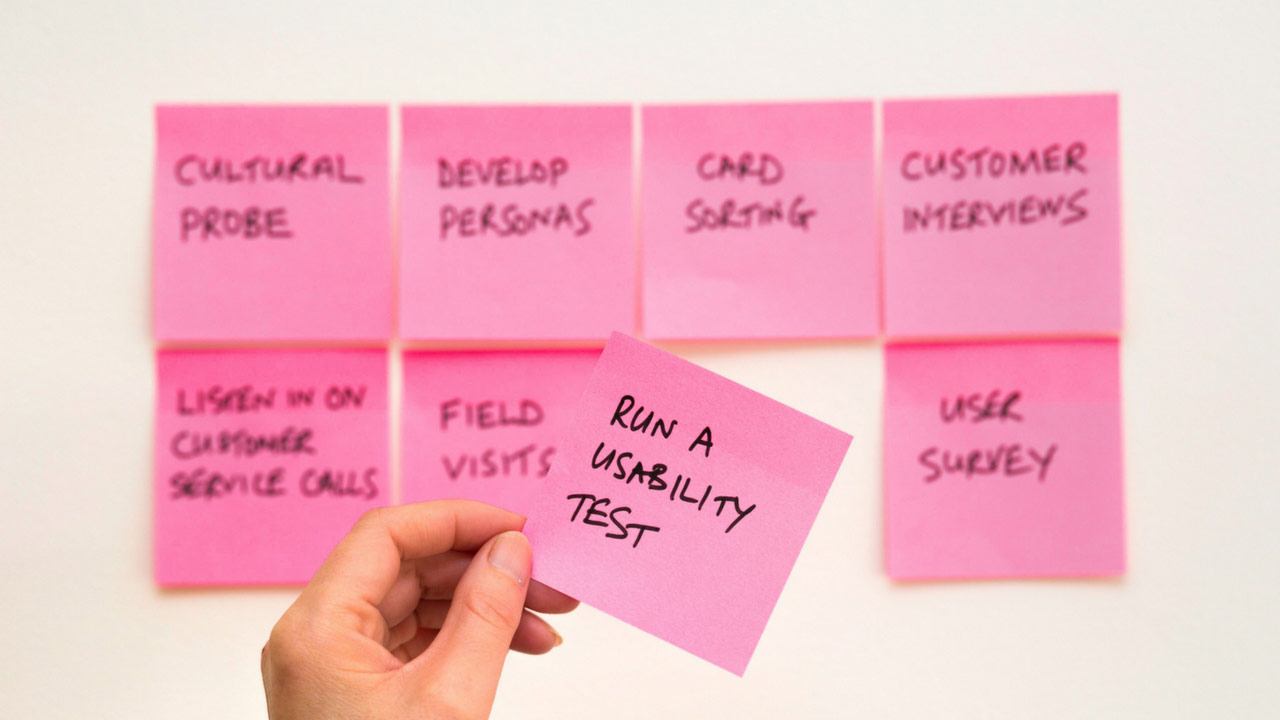
The observation in this stage helps the design thinkers to uncover the users’ needs that were never before articulated. There is a greater scope to generate ideas to fit in all the five stages of the Design Thinking process. Testing is a chance to make it see the light of the day, to test it in real life and real-time. It is a chance to frame the problem correctly.
1. Set a Scene
When performing a test, go to the location where the prototype will be used in the end. This is the users’ natural environment, where they feel most at ease, and it is as realistic as feasible. Their feedback will most likely be open and spontaneous in this situation. If testing in this type of natural setting isn’t available, encourage users to role-play, illustrating how they would utilize the prototype in a real-world situation.
2. Consider Other Things
Provide users with options to compare when planning a testing scenario. Create multiple different prototypes in this situation. The customer can easily tell you which ones they prefer and which ones they dislike.
Introduce the purpose of the prototype to your users and let them test it on their own. All you have to do is to observe and note their behaviour. Encourage your users to provide their thoughts on the prototype and allow them to speak freely.
Observing their experience will help you in making any modifications if needed to make it easier for them to handle. Their comments will clarify their feedback and give you a scope to understand better.
3. Negative Feedback
Negative feedback is your ally in the Design Thinking process since it reveals issues you may not have noticed before. It allows you to see the problems that users are having with the prototype and gives you insight into their demands. Keep an open mind when it comes to negative remarks!
What Are The Guidelines To Follow While Planning a Test?
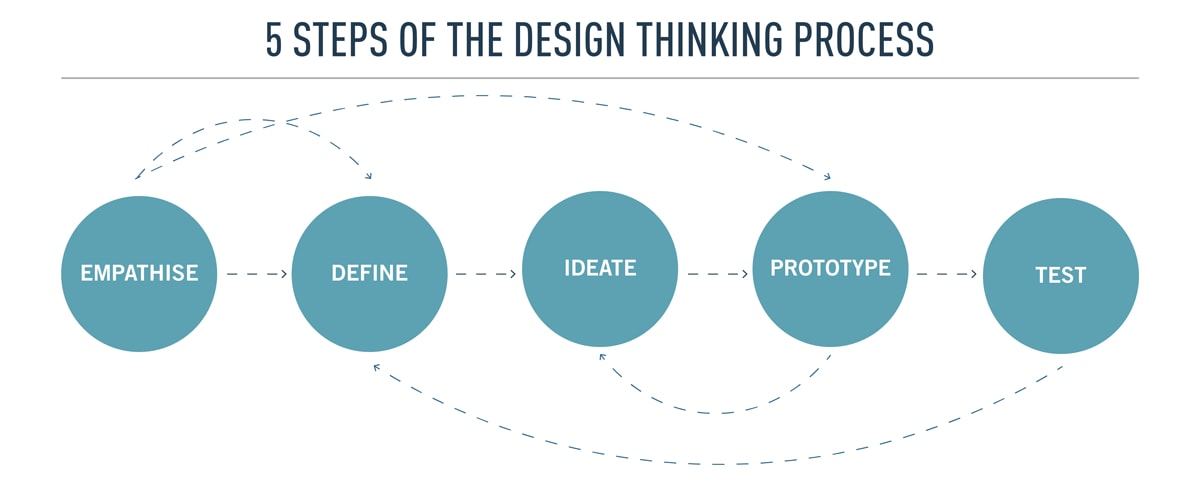
1. Provide Multiple Options To The Users
When you create multiple prototypes, it gives your users a space to compare the alternative prototypes. It is usually easier for the users to explicate their likes and dislikes regarding a specific thing when they have multiple options available.
2. Let Them Experience The Prototype
There is no point in explaining the entire process to the users, it is, however, more understandable to the users if they experience it on their own. So, let the prototype speak the users’ language and you can record their reactions.
3. Ask The Users To Explain Their Understanding
Ask people to tell you what they’re thinking while they’re investigating and using the prototype. For most users, this may take some time to get used to, so it’s a good idea to start a conversation about something out of the context and then ask them questions like, “What are you thinking right now?”
4. Observe
When the users are dealing with the prototype, your job is to observe them and their way of handling it, without commenting anything. Do not indulge in correcting them when they misinterpret the prototype. It is a great opportunity for the users to learn from their mistakes. The intention is to test the prototype, not the user in any way.
5. Follow Up Questions Are A Must
Even if you think you understand what the user is saying, always ask questions. “What do you mean when you say ___?” “How did it make you feel?” and, most importantly, “Why?” are all good questions to ask.
Conclusion
The assumptions on which we built our solutions could have been incorrect — and when assumptions are incorrect, they can result in significant time and resource waste. Prototyping can help you avoid this. Prototyping is the most effective technique to validate your assumptions, learn more about your users, and develop your concepts. Prototypes might range from sketching on a paper to role-playing: anything that allows you to put your ideas into action and put them to the test.
Testing is frequently done in conjunction with prototyping, and when done correctly, it may reveal a wealth of information about the user as well as possibilities to improve your prototype and even the issue statement. When running tests, keep in mind the prototype, the context and scenario you’re testing in, how you engage with the user, and how you monitor and gather feedback.
If you want to enter the world of Design Thinking, and learn everything about it, then follow the links given below:
https://www.amazon.in/Thinking-Playbook-Practitioners-Professionals-Publication/dp/1636333745/ref=sr_1_5?crid=1Z3X1ZYMG86J8&keywords=design+thinking+playbook&qid=1641439525&sprefix=design+thinking+playbook%2Caps%2C199&sr=8-5
https://notionpress.com/read/design-thinking-playbook-for-practitioners
Key Source
https://miro.medium.com/max/1400/0*1CKHsZhKYW7u3JTs
https://i.ytimg.com/vi/Q4MzT2MEDHA/maxresdefault.jpg
https://dpbnri2zg3lc2.cloudfront.net/en/wp-content/uploads/2021/01/prototyping.png
https://i.ytimg.com/vi/UVEQCNM6X-A/maxresdefault.jpg
https://www.gpstrategies.com/wp-content/uploads/2020/12/Wbnr-DesignThinkingStep5Test-scaled.jpg
https://www.sessionlab.com/wp-content/uploads/Design-apps-blogpost.png
Written by: Jimmy Jain & Afreen Fatima
Society of Design Thinking Professionals
